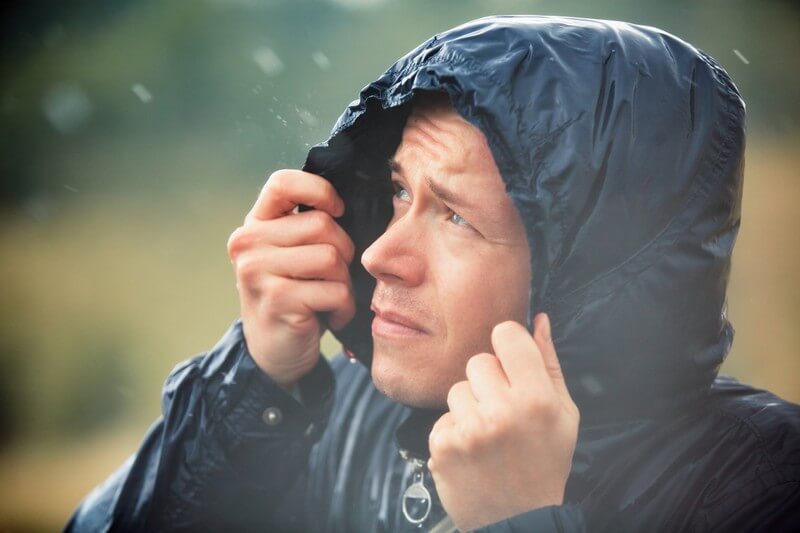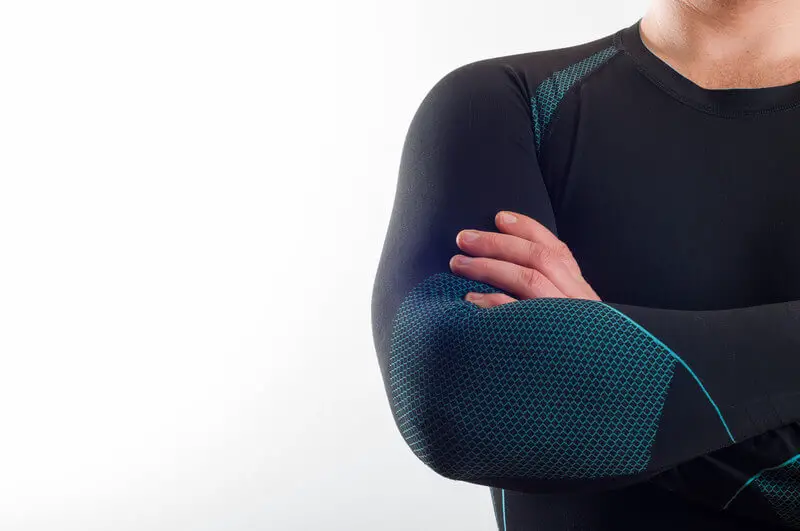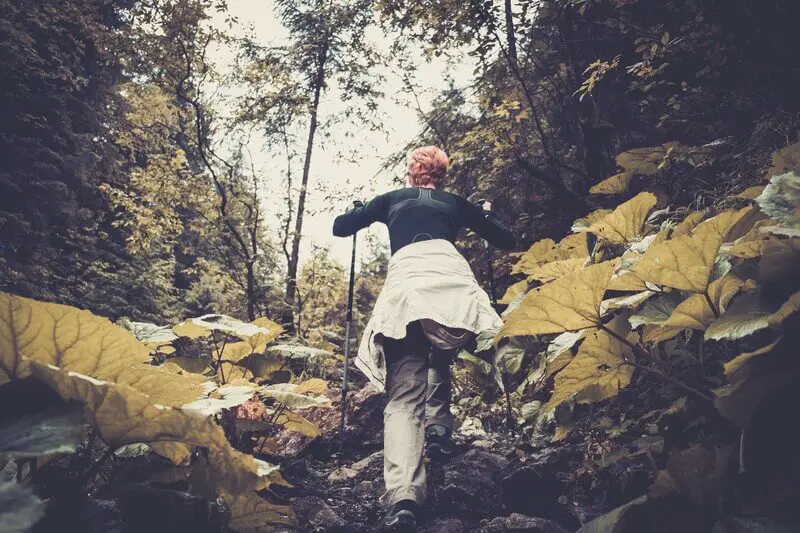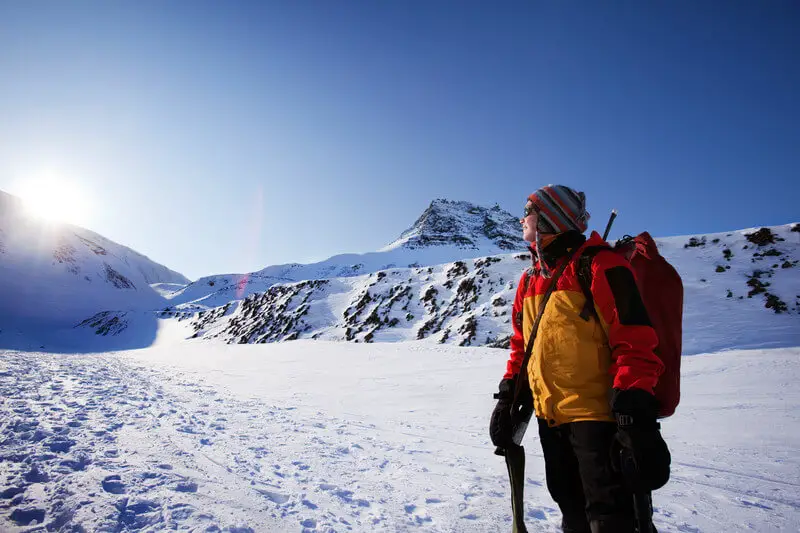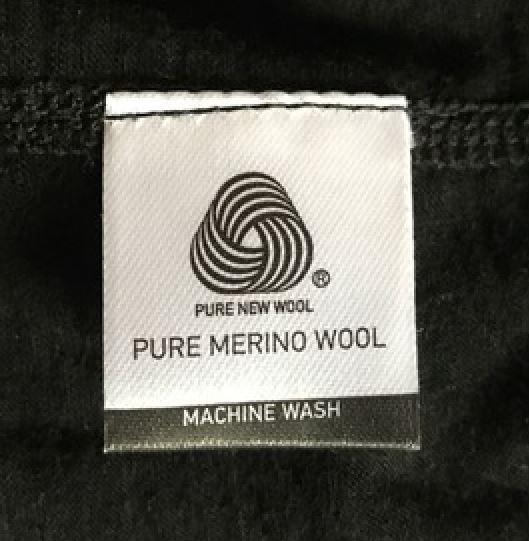In the last post I added up on the site I went into the basic topic of base layers, in terms of what a base layer is and what purpose they serve.
In that post, I touched on base layer leggings. To me they are the secondary part of the base layer duo (top and bottom). Why is that? Well, because I don’t use base layer leggings for hiking.

In fact, I can’t really think of conditions I would normally hike in, in which I would need base layer leggings. I have hiked in temperatures of probably -5 C / in the 20’s Fahrenheit, so not intensely cold and I have had no need for anything but my normal hiking pants and my rain pants. Pictured below are the Duofold Men’s Mid-Weight Wicking Thermal Pant.
I have also skied in the Alps in winter. For neither of these, would I have worn base layer leggings simply because they were just too warm.I should add that I did try hiking and skiing in them but I quickly realized I had to take them off, within minutes actually, especially for hiking, as I was baking hot in them.
The only regular use I have for base layer leggings, is when I camp in cold conditions. I keep them as an extra layer in case I need it for warmth while sleeping at night.
Although I always keep them in my weekend backpacking gear in late Autumn / Winter, I have never really needed them and my sleeping bag has been enough to keep me warm … It is comforting to know I have them there though so I always carry them when I camp at those times of the year.
In saying all this though, do I envisage the possibility of a day hike where I would perhaps need base layer leggings? Sure I do. If the conditions were cold enough, I could see how they could be needed, even for me.
I can also see how they could be a great emergency layer that is easily tucked into your pack. If you are heading out into more extreme cold, it becomes a no brainer of course and you would need them.
So are Base Layer Leggings a Good Investment?
For me, in terms of hiking and camping, I think they are. This is purely as I use them as a spare layer to potentially use when I camp out in colder conditions.
I don’t think they have much regular use for me for my normal hiking, however I don’t rule me out for hiking in very, very cold conditions I am not accustomed to where hiking leggings would be a must.
Now, even for the types of conditions I normally hike in, a temperate climate, this may not be the case for you i.e. what works for me may of course not work for you.
My Irish blood can put up with a fair bit of damp and cold by default :-), and so base layer leggings may be perfect for your needs in similar conditions that I wouldn’t need them for.
As always, you need to take your own capabilities, comfort and needs into consideration. Some people can’t handle the cold at all, especially if they are used to a warmer climate.
Conclusion
In conclusion, to reiterate, I think base layer leggings are a good investment for a hiker if they make sense for your personal hiking and camping needs. If you camp out in cooler conditions, that alone I feel is a good enough reason to get a pair for extra warmth in the night.
You can get a cheap and cheerful pair that won’t break the bank easily enough anyway so even if you don’t use them a lot, you don’t have to spend a fortune to have them on hand.
If you are planning to hike in very, very cold conditions, I recommend that you first and foremost seek precise guidance from a knowledgeable resource who is used to those conditions.
Even basic base layer leggings may not be enough in those types of conditions and you might need something more specialized to keep you good. That applies to all your gear, not just a pair of base layer leggings, in that regard I hasten to add 🙂
I hope you found this useful. As always, please share or leave a comment below 🙂
